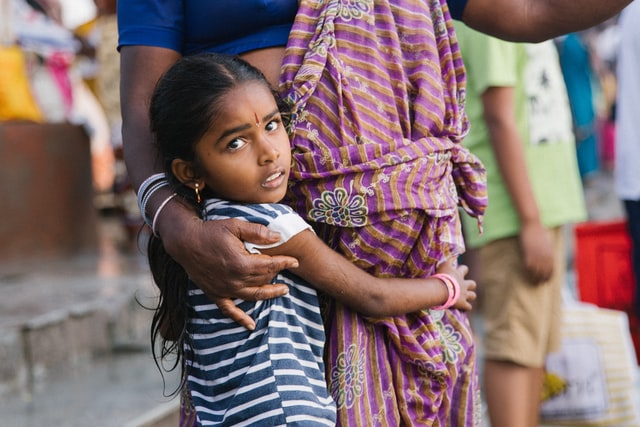India has most number of stunted children

It is shocking but true that children in India are suffering from malnutrition.
The Global Nutrition Report of 2018 reveals that India has the most number of stunted and wasted children.
At the same time overweight children are also high in the country.
Out of 150.8 million children of the stunted children in the world, India has 46.6 million children i.e. almost one third.
Nigeria and Pakistan are in second and third places with 13.9 million and 10.7 million children.
Inadequate nutrient-intake for long-term and frequent infections causes stunting or low height for age.
The report indicates that stunting is varied with each state and even with each district.
The variation is in the range of 12.4 percent to 65.1 percent. Yet, 239 districts out of 604 districts have stunting levels of over 40 percent.
In addition to stunting, India has the largest number of wasted children i.e. low weight for height.
In India, nearly 25.5 million children are wasted followed by Nigeria with 3.4 million and Indonesia with 3.3 million.
Furthermore, India has more than a million overweight children. China, Indonesia,, Egypt, US, Brazil and Pakistan are some other nations that have overweight children.
Around 38.3 million children are overweight globally; and among them, 5.4 million are in South Asia and 4.8 million are in East Asia.
The report reveals that 88 percent of the analyzed countries experience over one form of malnutrition.
The report is a study by the International Food Policy Research Institute (IFPRI) which used district-level aggregate data from the 2015-2016 National and Family Health Survey.
The survey covers 601,509 households in 604 districts in India.
The study highlighted the difference between the districts by explaining the associated factors like gender, education, health, economic status, hygiene, and other demographic factors.
Factors like maternal education, antenatal care, age at the time of marriage played crucial role for differences among various districts.
Photo by Church of the King on Unsplash (Free for Commercial use)
Image Reference: https://unsplash.com/photos/u11NSN_hh_U








Leave a Reply